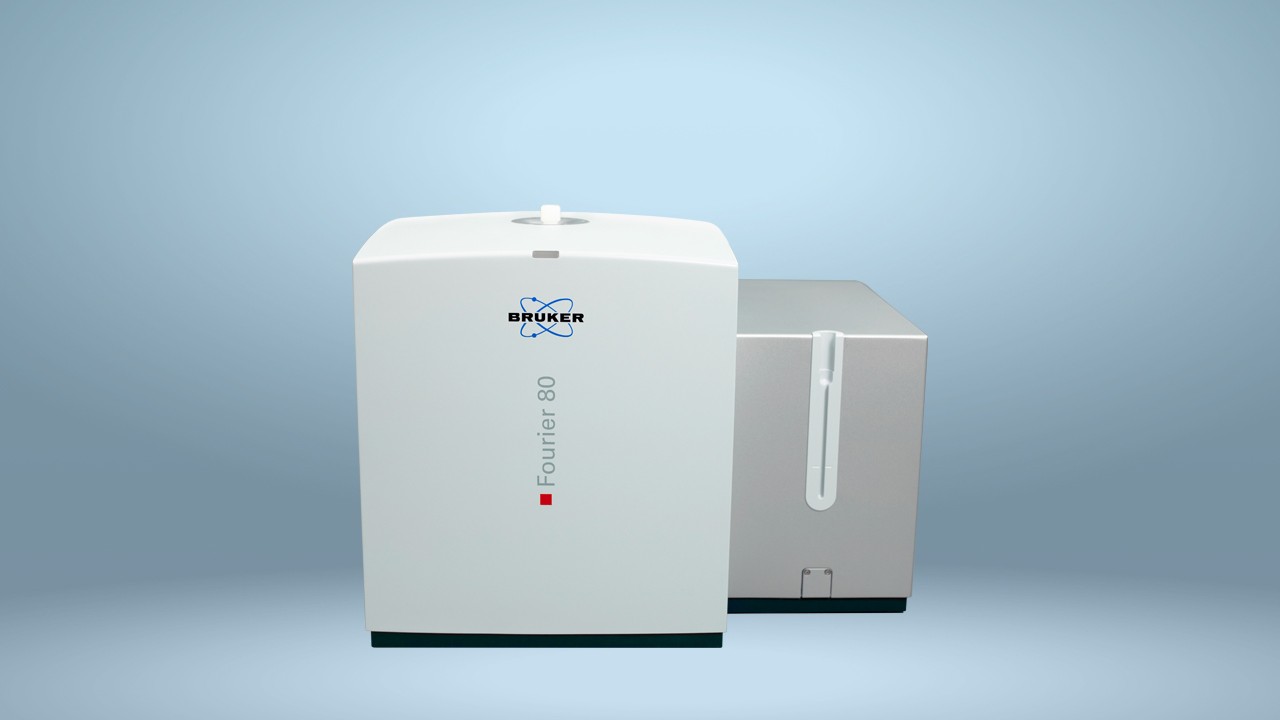

Analyzing Post-Mortem Changes of Metabolites by NMR
Analyzing Post-Mortem Changes of Metabolites by NMR Provides Accurate and Reliable Time of Death
Forensic science is a key tool in courts of law; it provides scientific evidence that can be crucial in achieving a conviction or acquittal. The evidence it can provide includes fingerprint identification, DNA profiling, blood stain pattern analysis, and time of death or the post-mortem interval (PMI).
Of these techniques, the PMI interval is generally performed the most often and can therefore be considered the most important. There are several methods used for the determination of the PMI: the physical changes of the body (including body temperature, muscle stiffness, and hypostasis); DNA degradation; forensic entomology; and carbon dating. Analyzing the physical changes of the body gives accurate and reliable PMI calculations for several hours after death, while the other techniques are most accurate weeks to years after death. There is currently no method that can provide accurate and reliable PMI data for the period in between; from several hours to several weeks.
Metabolomics Shows Promise for PMI Estimation
Recently, metabolomics has shown promise to fill this gap in PMI estimation. The technique can analyze the entire components of a system in an organism, allowing the post-mortem changes of metabolites in bodily fluids to be monitored. Ideally, these changes would occur linearly for a relatively long period of time after death for accurate and reliable data to be obtained. Therefore, research is underway to identify the most promising metabolites in the most suitable bodily fluid that meet these requirements.
Many initial studies have identified metabolic changes in a range of bodily fluids, but recent work on animal models has indicated that eye fluids, the aqueous humor (AH) and vitreous humor (VH), are most beneficial for PMI assessment. These fluids are anatomically isolated compared to other bodily fluids, such as blood, and therefore have slower changes to metabolites, making measurements more reliable.
Recently, a group of researchers at the International Tomography Center and Novosibirsk Regional Clinical Bureau of Forensic Medicine, in Russia, set out to determine whether these ocular fluids also show promise in human PMI estimation, and to identify the most promising metabolites for use as biomarkers for this analysis.
Metabolite Biomarkers Were Identified Using a Bruker Avance III NMR Spectrometer
The team collected blood, AH, and VH from human cadavers at different PMIs and processed these samples to obtain blood plasma, protein-free extracts of AH, and lipid-free extracts of VH. Qualitative metabolomic profiling of these samples was performed by nuclear magnetic resonance (NMR) using a Bruker Biospin Avance III HD 700 MHz NMR spectrometer.
From these data, a total of 42 metabolites were identified in all three samples. Of this sample set, six demonstrated strong positive linear correlation with PMI across all bodily fluids: hypoxanthine, choline, creatine, betaine, glutamate, and glycine.
The change in metabolite concentration was slower and smoother in the AH and VH compared to the blood, where the metabolite concentrations were more haphazard. These data support the metabolomic analysis of previous animal studies, and therefore, it was concluded that the AH and VH were more suitable for PMI.
Of the two ocular fluids, the strongest positive linear correlation between PMI and metabolite concentration was found in the VH. This trend is thought to be because the VH has a higher viscosity and is more isolated from the vascular system than the AH. However, there is a lower risk of blood contamination during AH sampling, reducing the risk of experimental errors, and sample preparation is more straightforward as it contains very low levels of proteins and lipids.
Multiple Biomarker Analysis Improves the Accuracy of PMI Estimation
To date, the majority of research publications in this area have focused on using one metabolite as the biomarker for PMI estimation. However, this study identified six metabolites that had the potential for use as PMI biomarkers. Therefore, the researchers also performed metabolomic analysis using multiple metabolites.
The metabolites with the strongest positive correlation with PMI were creatine, choline, and betaine for the AH and creatine and betaine for the VH. The combination of these 2–3 biomarkers was able to significantly reduce the errors in the PMI assessment. Interestingly, the use of more than three metabolites was not found to influence further improving the accuracy of PMI estimation.
Summary
This research corroborates animal data, indicating that anatomically isolated fluids are more suitable for PMI estimation, in comparison to blood plasma, due to the slower and smoother metabolic changes. Both the AH and the VH provide accurate and reliable information, and while the VH data is more accurate, the AH is easier to prepare with a lower chance of contamination.
Due to several metabolites (hypoxanthine, choline, creatine, betaine, glutamate, and glycine) providing a positive, linear correlation with PMI, the authors propose that several of these biomarkers should be used when performing this analysis to improve accuracy, reliability, and minimize errors for PMI estimation.
Comprehensive Solution Portfolio for Forensics
Bruker offers the most comprehensive solution portfolio for forensic analysis. This includes identification and quantification of narcotics and doping agents, chemical warfare agents, characterization of explosives, detection of food fraud, art and document forgery, environmental forensics including waste analysis and crime scene investigations like glass, fiber and gunshot residue analysis. Bruker’s technologies are applied in day-to-day routine analysis as well as to develop and enhance new methods like in the present study. Our mission of enabling law enforcement to generate coherent and robust data for legal proceedings will make societies safer.
Bruker NMR Instruments are not intended for Use in Clinical Diagnostic Procedures.
References
1. Zelentsova, E., A., et al. (2020). Post-Mortem Changes in Metabolomic Profiles of Human Serum, Aqueous Humor and Vitreous Humor. Metabolomics. https://doi.org/10.1007/s11306-020-01700-3.


